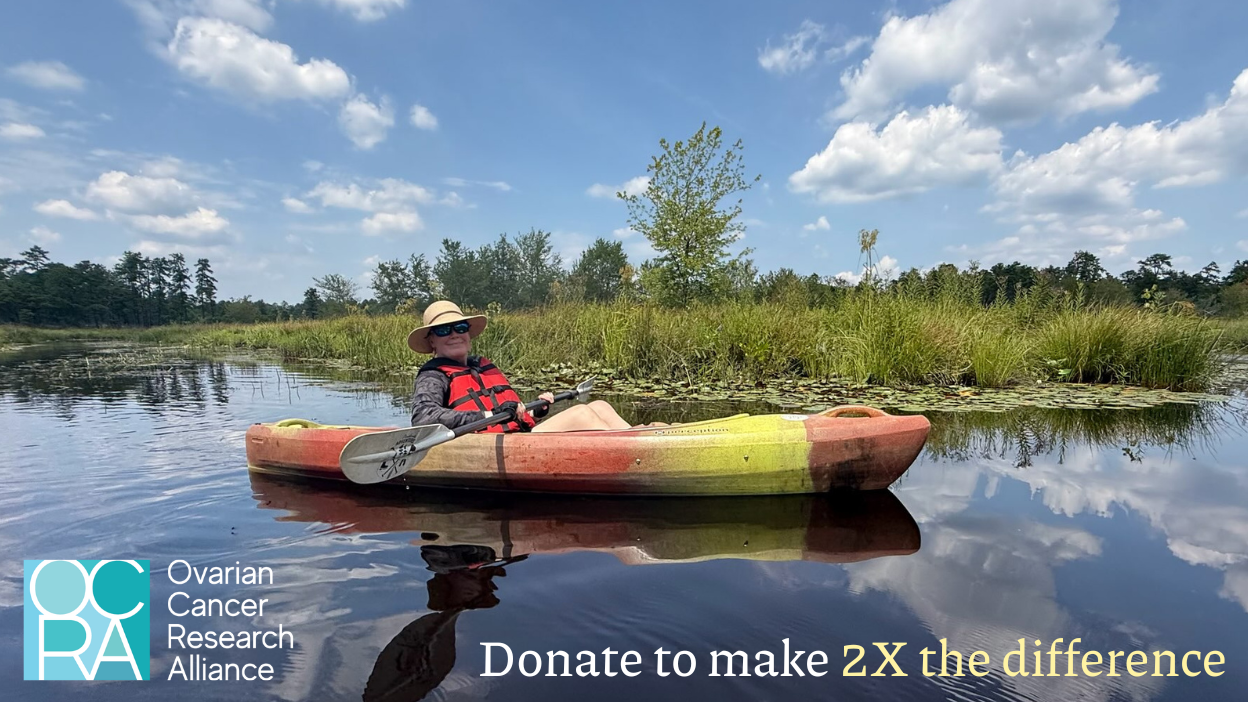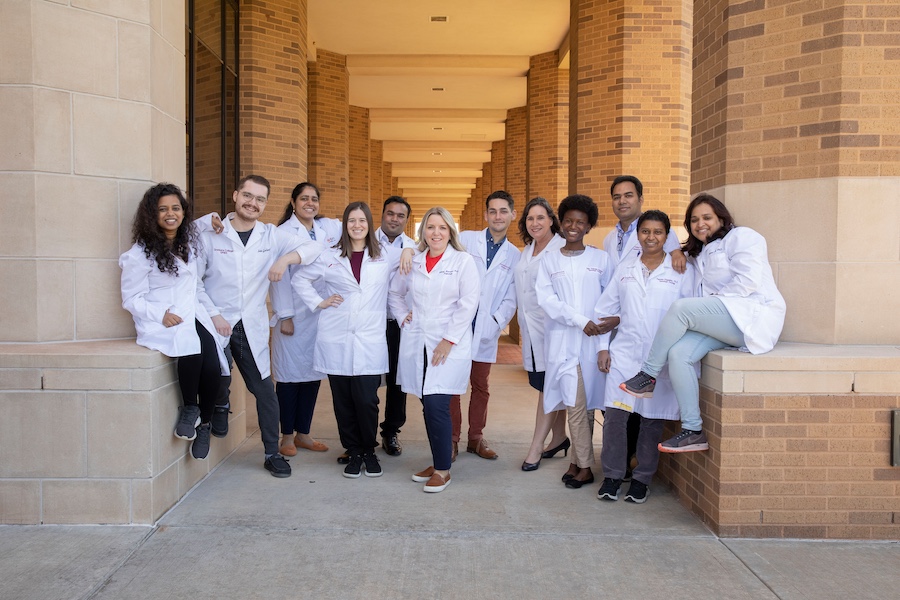
Gary Leiserowitz, MD, MS, is a Professor, and Chief of the Division of Gynecologic Oncology at the University of California, Davis Medical Center. He is a 2008 recipient of OCRF’s largest and most prestigious grant, the Program Project Development Grant.
Sarah DeFeo: Dr. Leiserowitz, tell us a little about yourself and how you became interested in ovarian cancer research.
Dr. Gary Leiserowitz: I became a gynecologic oncologist through a circuitous route. First, I trained as a family practitioner, and then decided to specialize, first into obstetrics and gynecology, and then gynecologic oncology. I was appointed as a faculty member at UC Davis Medical Center after I finished my fellowship at the Mayo Clinic in 1993. I have been involved in both transitional and clinical outcomes research over my academic career.
In my clinical experience, I have been struck by the futility of current methods for early detection of ovarian cancer. It is a tragedy and enormously frustrating that the majority of ovarian cancer patients present with advanced stage disease with so few warning signs. As a clinical investigator, I looked for opportunities to work on the problem of early detection of ovarian cancer.
I collaborated with a private company that was attempting to take a laboratory finding and turn it into a blood test for ovarian cancer about 8 to 10 years ago. As basic scientists, they were experts in the laboratory techniques, but had little familiarity with clinical trials. As I worked with them, I learned about the many pitfalls in the road to establish a promising new biomarker studies. Unfortunately in this case, the company’s assay could not be confirmed as a diagnostic test.
I had the good fortune to be involved with a group of basic science researchers at UC Davis who developed a completely new assay based on mass spectrometry. The initial research has been very exciting, and our early successes are building into a larger platform to look at glycomics for a variety of cancers beyond ovarian cancers.
SD: Your research project is in the field of “glycomics.” In lay terms, can you explain what this is, and why glycomics is an important field of ovarian cancer research?
GL: “Glycomics” and proteomics both use mass spectrometry, a technique that’s used to identify unique sized molecules. In proteomics, these proteins can be detected, but may be difficult to identify. In glycomics, we are looking at the small sugar molecules (glycans) that are attached to glycoproteins. In the techniques developed by my collaborator, Dr. Carlito Lebrilla, a chemist at UC Davis, the glycans are stripped from their underlying proteins and analyzed separately. Alterations in these glycans are a common finding in the malignant process, and seem to reflect aberrancy in the enzymatic processing by the malignant cells.
The important findings are that these aberrant glycans can be detected in the serum of ovarian cancer patients, and appear to distinguish between healthy women and those with ovarian cancer, with a test performance that is superior to the current standard, CA 125. Therefore, we have the potential for a diagnostic test based on a very different biologic process than the current biomarkers.
SD: What do you hope the outcomes of this project will be?
GL: This large program grant has allowed our team to rapidly accelerate investigations in critical areas necessary to establish whether glycomics can be a real diagnostic test for ovarian cancer. In three related projects, we are working to clinically validate this biomarker as a diagnostic test, improve the reproducibility and throughput of the assay with the goal to have a clinically useful test, and investigating which proteins are responsible for the aberrant glycans. The latter project is critical to understanding the basic science behind the abnormal glycans, both to make a more specific diagnostic test and to better understand the mechanisms behind the cancer process.
SD: You are the recipient of OCRF’s biggest grant. What impact do you think OCRF funding will have on your ability to pursue this research?
GL: My previous experience emphasized that to earn credibility in this research field for early cancer detection, it is essential that you do the hard work to validate early findings and understand the strengths and limitations of your biomarker assay. This field is replete with examples of early findings that don’t pan out with systematic clinical studies. This OCRF funding allows us to concentrate on doing that work, and placing us in a strong position to compete for future federal funding, by convincing our reviewers with credible initial research. Just as importantly, this funding has cemented together an incredible multidisciplinary team of researchers, since no one investigator has all of the expertise to make progress in validating a diagnostic test.
SD: What do you see as the biggest challenge in ovarian cancer research?
GL: Adequate funding. There are so many talented and committed researchers in this area, but federal funding for ovarian cancer research has seriously lagged behind that of other more common malignancies (e.g., prostate, breast, lung, etc). Private foundations, such as OCRF and its many generous supporters, are playing a very significant role in propelling ovarian cancer research forward. They are able to identify and fund new ideas that might not get the attention from more traditional funding sources, giving these researchers the tools to make progress in this field.
You can read more about Dr. Leiserowitz and his exciting research here.


